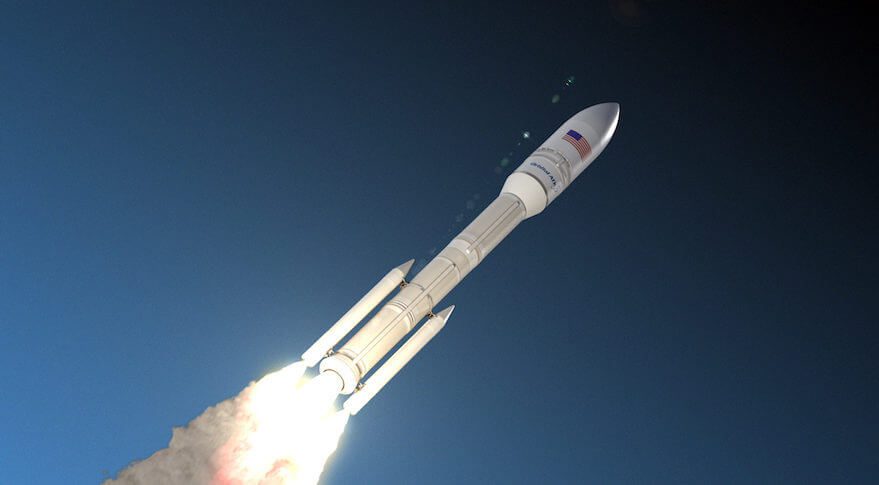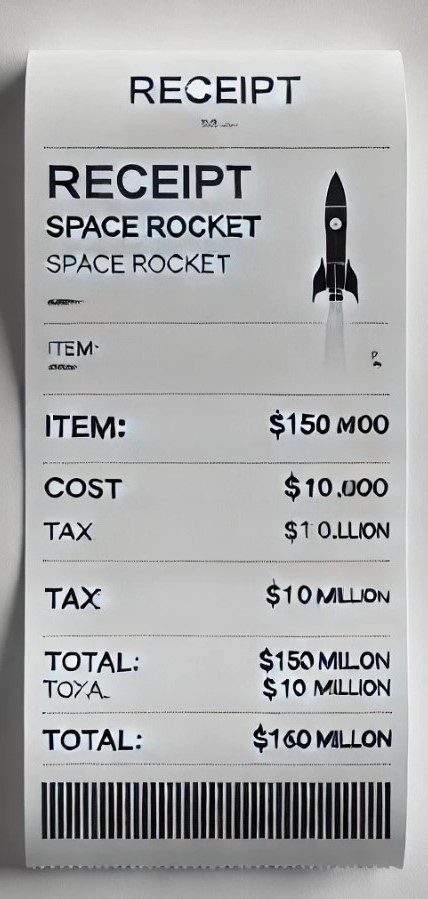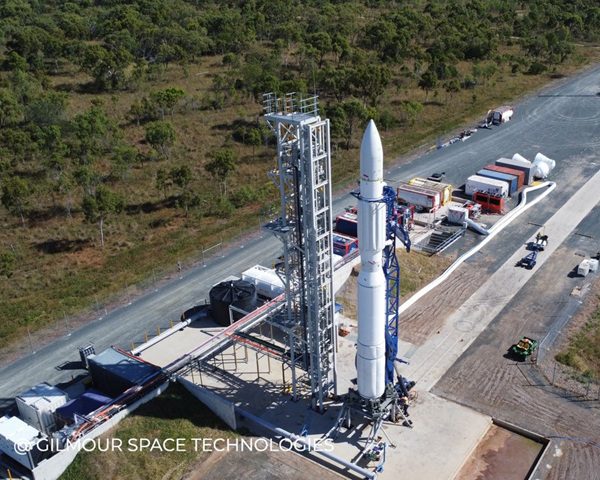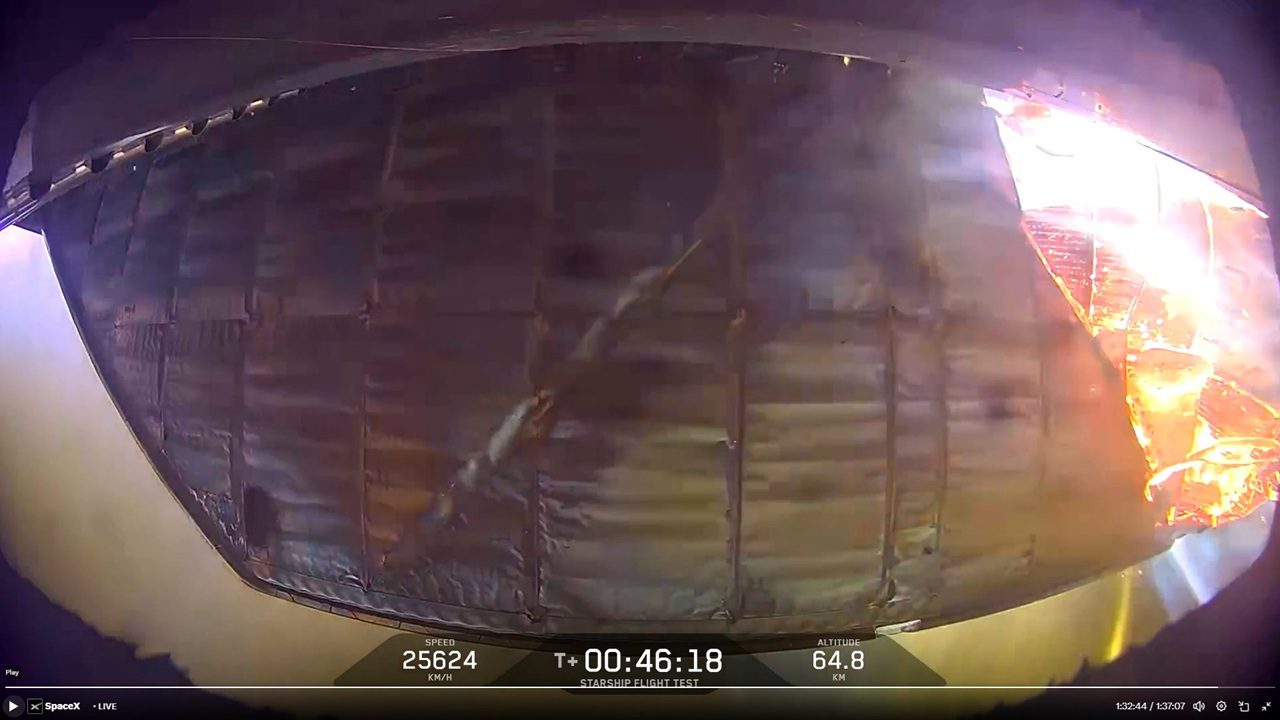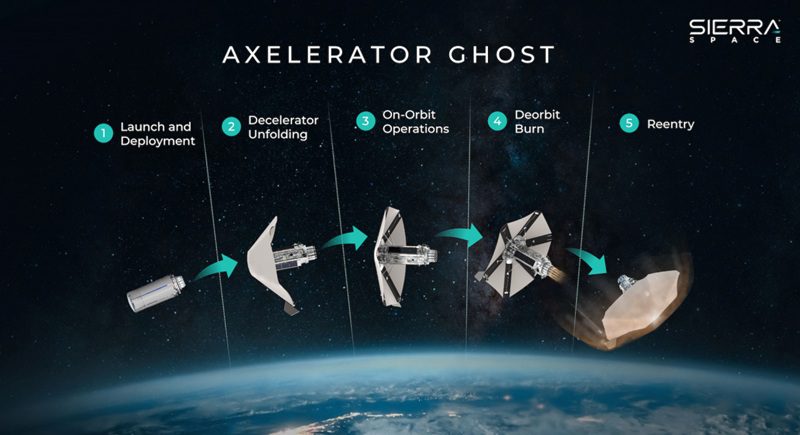A bit like the NASA commercial crew effort, the US Air Force has announced that it is to part fund three companies’ development of new launch vehicles, with a view to signing up two of them (or an outsider) for a full series of launch contracts. The three firms included in this development round include Blue Origin, which is developing its liquid propellant New Glenn rocket series; ULA, which is developing its liquid fuel Vulcan-Centaur; and last but not least, Northrop Grumman, which is developing its solid-solid-liquid Omega rocket.
Under so called “Launch Service Agreements”, each of the firms is to be awarded US$181 million with a view to rounding this up to a total investment of US$2 billion, with US$500 million going to Blue Origin, US$967 million to ULA and US$792 to Northrop Grumman, by 2024. None of these firms is guaranteed launch contracts at the end of the process – only two will be awarded Phase 2 funding tranches in block buys of launches. One of these might be SpaceX, which missed out on this tranche of US taxpayer support – although it has received the broad equivalent via NASA development funding and a previous US Air Force Launch Service Agreement.
Comment by David Todd: Strongest contender by far for the Phase 2 funding will be SpaceX. Of the other designs, Northrop Grumman’s looks surprisingly like the originally planned and subsequently rejected configuration of the Ariane 6. It appears the least attractive. Meanwhile the bizarre engine recovery system proposed by ULA will need to be revised if it is to figure as a contender. In using the same BE-4 engine as Blue Origin, it seems unlikely that both teams will be selected.
The US Air Force has been bitten before by an over reliance on a rocket engine – currently the Russian-built RD-180 used by the Atlas V. As the previous EELV competition found to its cost during the 1990s, having two launch contenders will not provide true competition to drive down launch prices, three will be needed. However, will there be enough launch business to make three viable – even if they can use commercial contracts to help offset this? We are not so sure.

